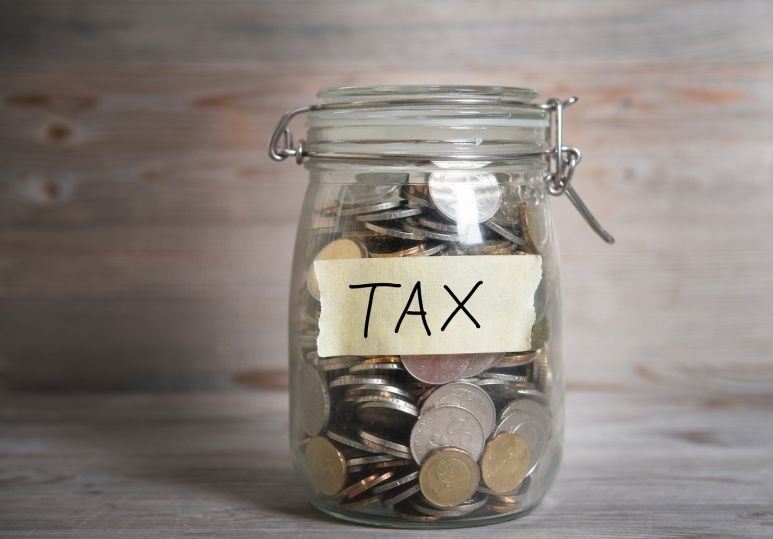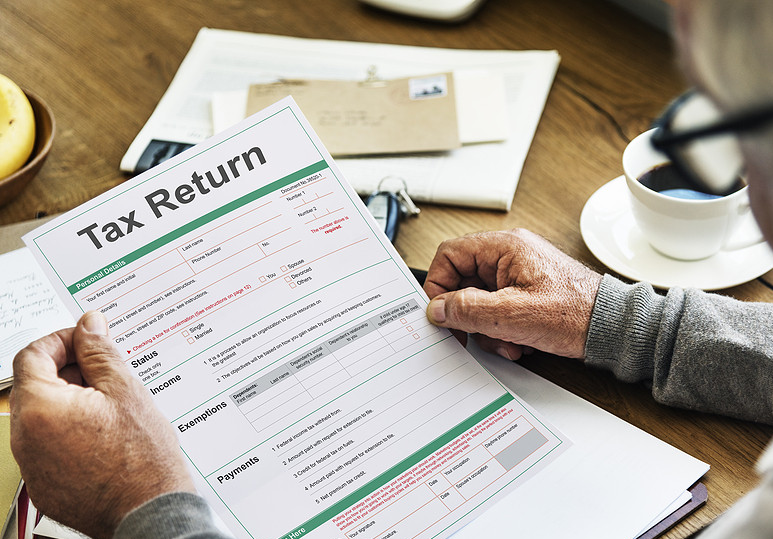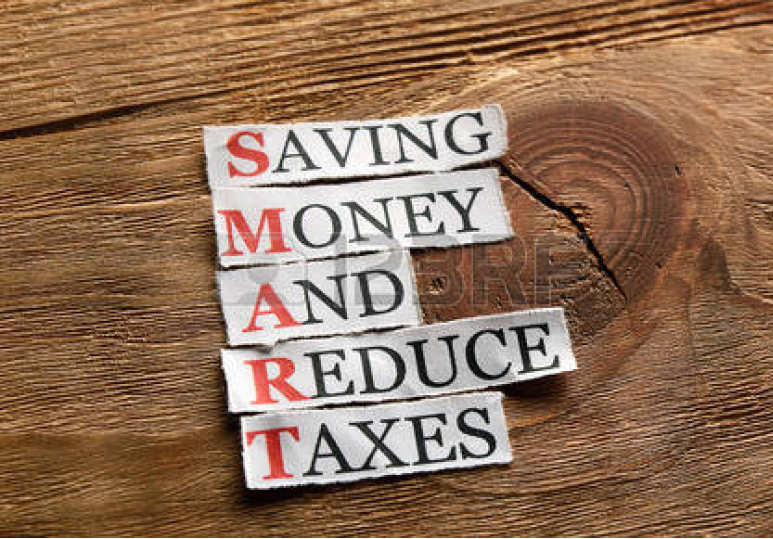The majority of Canadians needlessly pay more taxes every year than necessary.
As we near the end of 2023, it is a good time to review the available choices for handling your income tax responsibilities and getting ready for the tax filing season.
A dollar saved is as good as a dollar earned.
Every dollar you save in taxes puts another dollar in your pocket to enjoy in retirement or to use to build your savings.
Here are some tax tips you may wish to consider:
- Tax-loss selling: Tax loss entails liquidating investments in non-registered accounts that have accrued losses by the end of the year to offset capital gains realized elsewhere in your portfolio. Any remaining net capital losses, not utilized immediately, can be carried back 3 years or carried forward indefinitely to offset net capital gains in subsequent years.
For your loss to be applicable in the current tax year (2023 or one of the prior three years), the settlement must occur in 2023. The trade date should be no later than December 27, 2023, to ensure completion of settlement by the end of the year, considering that December 30th and 31st fall on the weekend in 2023.
-
It almost always makes sense to carry back your loss to the past 3 years first and recoup as much tax as you can as soon as you can.
Also note, that if you purchased securities in a foreign currency, the gain or loss may be larger or smaller than you anticipated once you take the foreign exchange component into account.
- Superficial loss: If you intend to buy back a security that you previously sold at a loss, be cautious of the "superficial loss" regulations that come into play when you sell property for a loss and repurchase it within 30 days before or after the initial sale. These rules are applicable if the property is repurchased within the 30-day period and is still held on the 30th day by either you or an "affiliated person." According to these rules, your capital loss will be disallowed, and it will be added to the adjusted cost base (tax cost) of the repurchased security.
- Transfers to RRSP or TFSA: Although the idea of transferring an investment with accrued losses to your RRSP or TFSA might be tempting, it's important to note that our tax rules expressly deny the recognition of such losses. Attempting to "swap" an investment from a non-registered account to a registered account for cash or other considerations can incur severe penalties.
- RRSP contributions Although you have until February 29, 2024, to make RRSP contributions for the 2023 tax year, contributions made as early as possible will maximize tax-deferred growth. Your 2023 RRSP deduction is limited to 18% of income earned in 2022, to a maximum of $30,780, less any pension adjustment plus any previous unused RRSP contribution room and any pension adjustment reversal.
- Take TFSA withdrawals If you take out funds from a TFSA, an equivalent amount of TFSA contribution room will be reinstated in the following calendar year, assuming the withdrawal was not made to correct an over-contribution. However, exercise caution because withdrawing funds from a TFSA and then re-contributing in the same year without having the necessary contribution room can lead to overcontribution penalties. If you intend to transfer funds or securities from one TFSA to another, opt for a direct transfer instead of a withdrawal and re-contribution to avoid potential overcontribution issues. If you are considering a TFSA withdrawal in early 2024, it's advisable to make the withdrawal by December 31, 2023, to avoid having to wait until 2025 to re-contribute that amount.
- Investment expenses: To qualify for a tax deduction or credit in 2023, specific expenses need to be settled by the end of the year. This encompasses investment-related costs, such as interest payments on funds borrowed for investment purposes and fees for investment counselling, applicable to non-registered accounts only.
- Topping up to tax bracket. You can earn $15,000 per year and pay zero federal taxes. You can earn up to $21,003 in Alberta on a tax-free basis. If this is a low-income earning year for you then you may want to consider an RRSP withdrawal to bring your income up to the top of the tax-free threshold.
- Eligible Pension Income tax credit. This is a tax credit on the first $2000 of eligible pension income. Not all income qualifies. If you have a defined benefit pension then that income will qualify, or, income from a RRIF or LIF after the age of 65. You can easily create a RRIF after age 65 and take out $2000 before the end of January. Do this for every year for the rest of your life to get this tax credit.
- Age 65 tax credit. This is a generous tax credit for all Canadians 65 and over. You do not have to do anything. However, there are some limitations. You will automatically qualify by submitting your tax return annually. It is a non-refundable tax credit of $8396 in 2023. The full credit is available for total taxable income up to $42,335. The credit is clawed back as your income increases and is eliminated at $98,309. The maximum tax savings is $1259.40.
- Charitable Giving. You have until the end of December to make donations. The first $200 of your donations only gets a 15% tax credit and the remainder gets 29%, so it’s important to pool your receipts and combine them every 5 years. This is not applicable if you are not making a larger amount of donations each year. For example, charitable giving for $10,000/year translates into a tax savings of $4900/year.
- Medical Expense Tax Credit: You likely don’t benefit from this right now, however, as you age, medical costs may become significant. Medical costs must typically exceed 3% of your income or $2,635, whatever is lower. Any amount over these thresholds qualifies for the credit. Keep your health receipts. Out-of-pocket dental costs also qualify. This may include some or all the costs of a care facility or attendant care.
- Disability Tax Credit: You may feel that you will stay physically fit and active all throughout retirement and we wish that to be the case. Even if you do not have a single diagnosed disability, the Income Tax Act recognizes the cumulative effect of “multiple conditions.” The key isn’t a disability, but rather, a reduced quality of life. This may still qualify you for the disability tax credit. The maximum DTC credit for 2023 is $9428. This amount is indexed each year.
Home Buyers and Owners:
- First Home Savings Account (FHSA): For Canadian residents aged 18 and above who are first-time homebuyers, the First Home Savings Account (FHSA) provides an opportunity to save for the purchase of a home in Canada on a tax-free basis. This marks the first year of availability for the FHSA.
- You have the option to contribute (or transfer from RRSPs) a maximum of $8,000, augmented by any carryforward from the preceding year (up to a yearly maximum of $16,000), and a cumulative lifetime limit of$40,000. In 2023, if you are eligible to establish an FHSA, your contribution is capped at $8,000, without any carryforward allowed. You are eligible to claim a tax deduction for contributions within this limit in 2023 or in a subsequent year if not previously claimed. Unlike RRSPs, contributions made within the initial 60 days of 2024 cannot be deducted in 2023.
- If you end up not being able to use the FHSA to buy a first home, you have the option of transferring funds from an FHSA to your RRSP or RRIF on a tax-free basis. These transfers won’t affect your RRSP contribution room. Funds in your RRSP or RRIF will be taxed upon ultimate withdrawal.
- Make renovations to allow relatives to live with you: The recently introduced Multigenerational Home Renovation Tax Credit (MHRTC) can provide assistance in covering the expenses associated with establishing a secondary unit in your home intended for occupation by a relative. Expenses can only be claimed in the tax year in which the renovations are completed. This refundable credit amounts to 15% of the value of eligible expenditures, with a maximum cap set at $50,000. Consequently, if you invest $50,000 or more in renovations, your credit will be valued at $7,500.
- A qualifying relative includes your (or your spouse’s common-law partner’s) parent, grandparent, child or grandchild, brother, sister, aunt, uncle, niece or nephew. Renovations, alterations or additions to your home must be for a self-contained housing unit with a private entrance, kitchen, bathroom facilities and sleeping area.
You may also like to read: Ways To Avoid The OAS Clawback
Alternative Minimum Tax
- The Alternative Minimum Tax (AMT) system mandates a baseline tax requirement for individuals who utilize specific tax deductions, exemptions, or credits to substantially reduce their owed taxes. Within the AMT framework, a parallel tax calculation is executed, permitting fewer deductions, exemptions, and credits compared to the standard income tax computation. If the tax amount determined through the AMT calculation exceeds the tax obligation computed using the regular tax system, the taxpayer is required to pay the difference as AMT for the respective year.
- The government has proposed changes to the AMT system that would begin in 2024. Under the proposed changes, the AMT tax rate is increasing to 20.5% from 15%. As well, AMT may be higher in 2024 (compared to 2023) if your taxable income is over $173,000.
- AMT considerations If you plan to make significant charitable donations, proposed changes for 2024 AMT calculations could affect you.
- Only 50% of the donation tax credit would be allowed when calculating AMT (although 100% is allowed currently). Consider whether a 2023 donation would be more effective in meeting your philanthropic goals.
Business Owners and Incorporated Entities
- Invest in Capital Assets: Consider accelerating purchases of depreciable assets to utilize temporary tax incentives that will be eliminated or reduced starting in 2024. Some specific assets that is available for use before January 1, 2024, may qualify for a complete tax deduction for Canadian-controlled private corporations (CCPCs), limited to $1.5 million in the taxation year for an associated group, which includes corporations, individuals, and partnerships. This provision is commonly referred to as immediate expensing.
- Shareholder loans: If you currently have an outstanding loan from your corporation, consider settling it within 12 months from the conclusion of the corporation's tax year in which the debt originated. Failing to do so could result in the loan being deemed as personal income to the shareholder.
- Income splitting: The “tax on split income” (TOSI) rules can come into effect when an individual receives dividend income from a corporation and is not actively engaged in the business of the corporation. When the TOSI rules apply, dividends are taxed at the highest marginal rate. If your private corporation has other shareholders, such as your spouse, partner, children or other relatives as shareholders, review the possible impact of the TOSI rules before paying dividends to these individuals in 2023.
- Interest and Penalties charged by CRA: CRA interest rates have increased considerably over the last year ((9%) nine percent for overdue taxes). Making tax payments on time can help mitigate costly non-tax-deductible interest charges.
We help our clients create sustainable, predictable, and tax-efficient cash flow for retirement, to ensure they do not overspend and run out of money; or underspend and die the richest people in the graveyard.
Want to retire soon? Learn more about our services and book an appointment.
Retirement Income, Investment, & Tax Planners,
Willis J Langford CFP
Nancy Langford CRS







